FRENCH
Eguisheim in Alsace

FRENCH
Eguisheim in Alsace


Bonjour tout le monde!
J'espère que vous allez bien.
Due to camp and some timetable changes last week, we haven't had many French lessons since the last Newsletter. Therefore, I will only focus on our journey through France today and I will update you with the students' work in the next issue.
As you can see on the map, we have almost finished our 'Tour de France' with only two more regions to visit after today. The region of Grand-Est borders four countries—Belgium, Luxembourg, Germany and Switzerland. It is the only French region to border more than two countries.
The Grand-Est was created in 2016 from three smaller regions: Alsace, Champagne-Ardenne and Lorraine. Each year, more than 8 million people visit it, many attracted by the wines for which it is famous.


Throughout history, much of the area ping-ponged between Germany and France, and the last time Alsace was administered by Germany was during WWII as you can see on the following map:
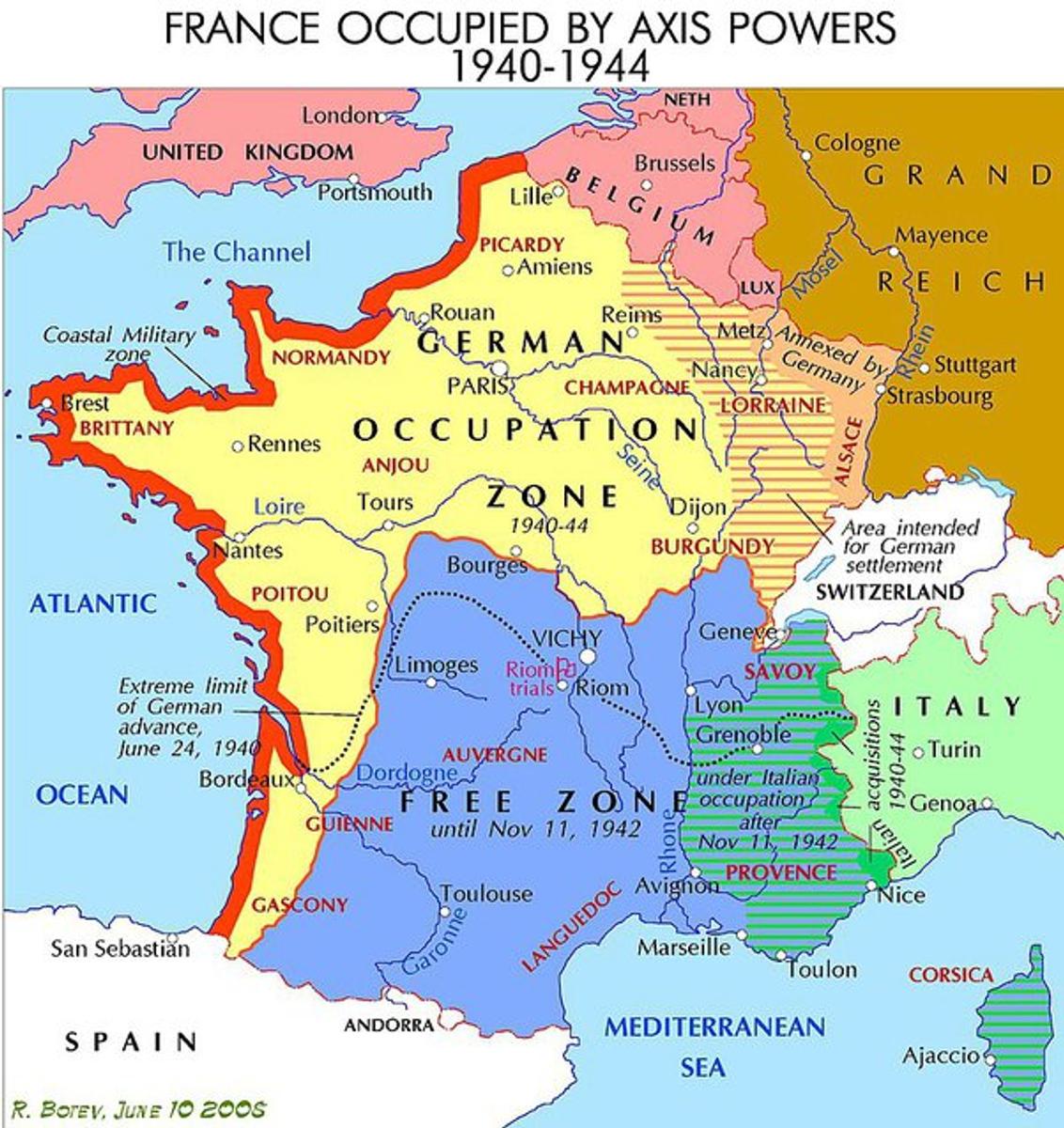

The local culture is therefore a distinct blend of the two countries, though this is most pronounced in the east of the region. Despite or because of that, you get a sense that the locals, particularly in Alsace and Lorraine, are more patriotically French than anywhere else in the country. Expect to see a lot of French flags, even outside of national holidays.
The Rhine River forms the natural border between France and Germany. Military history abounds in this region and there are many World War I battlefields to explore.
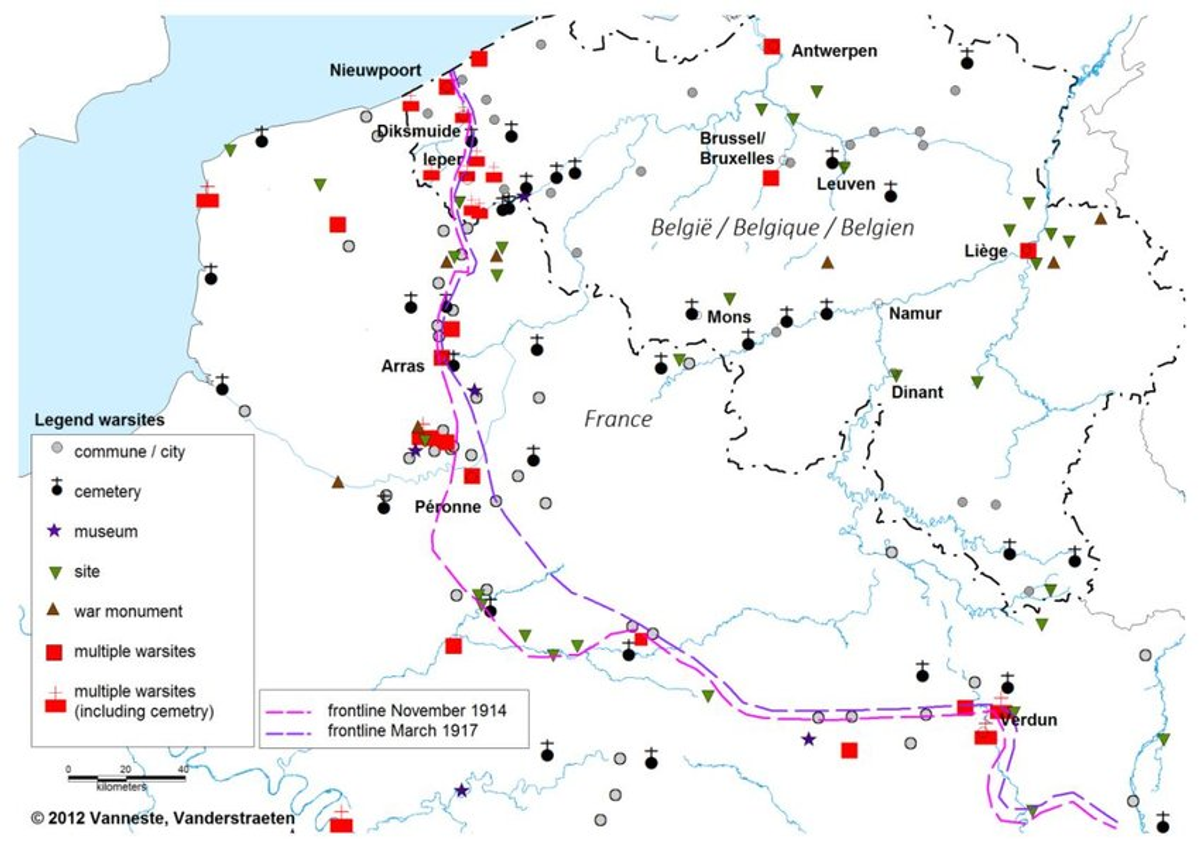

Alsace is a region with noticeable German influence that is evident in the charming storybook villages and its bustling capital, Strasbourg. It has many quaint Christmas markets that are a special treat for the holiday season, but Strasbourg boasts the oldest Christmas market in Europe.
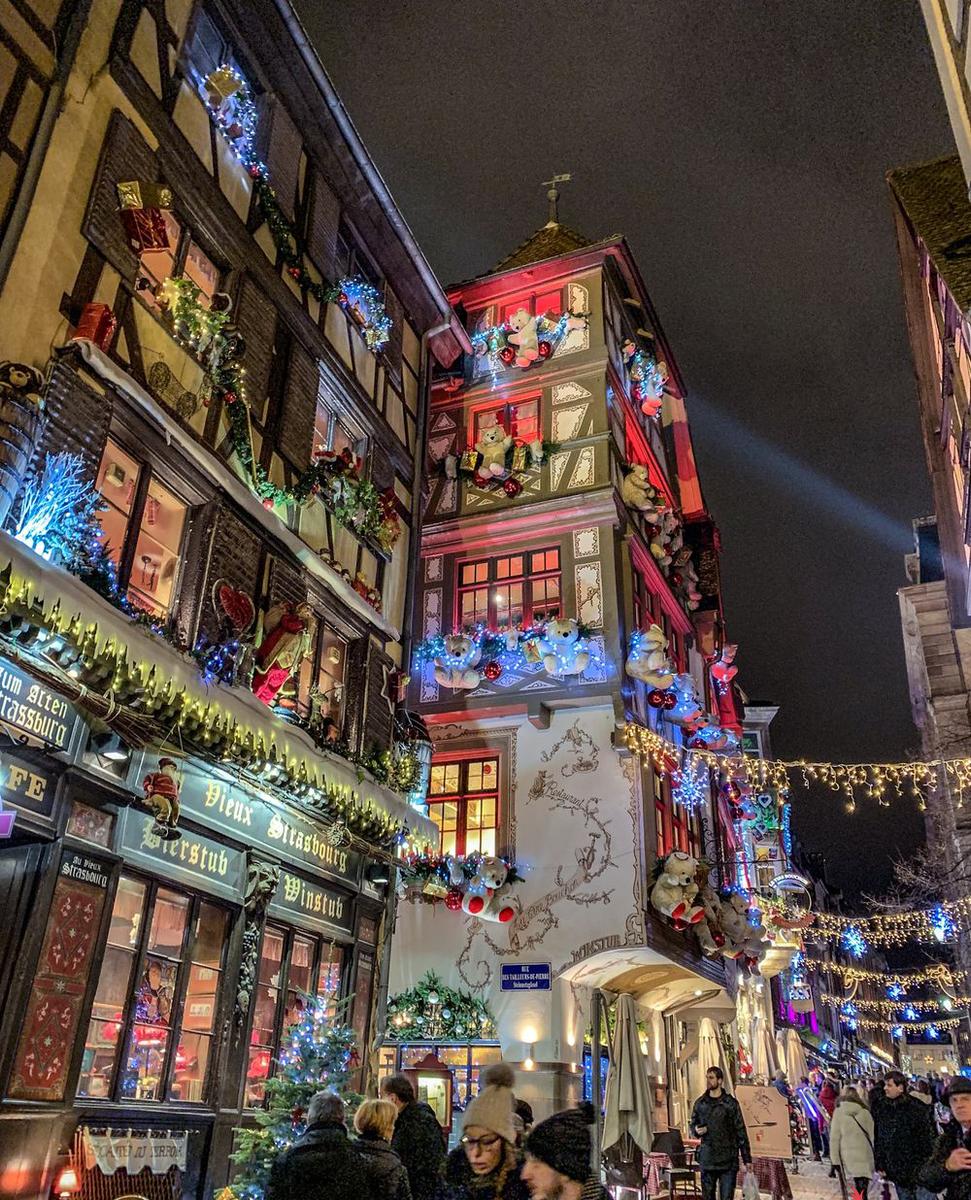
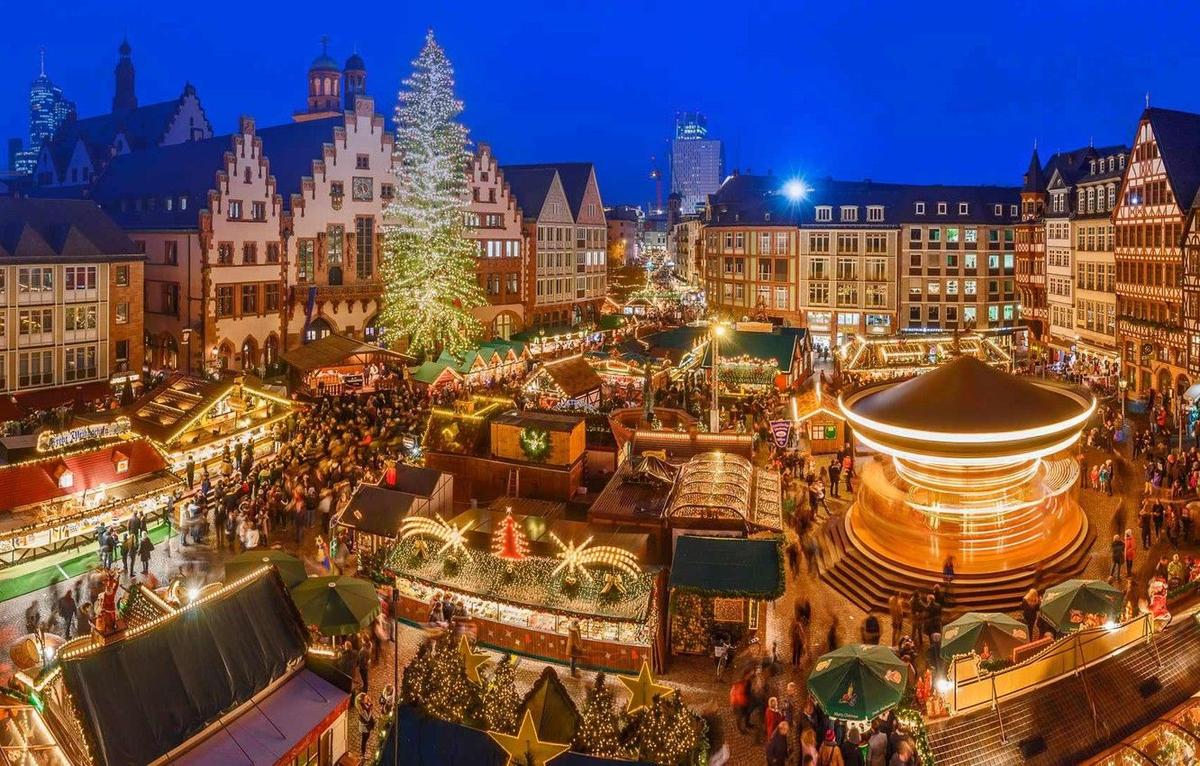
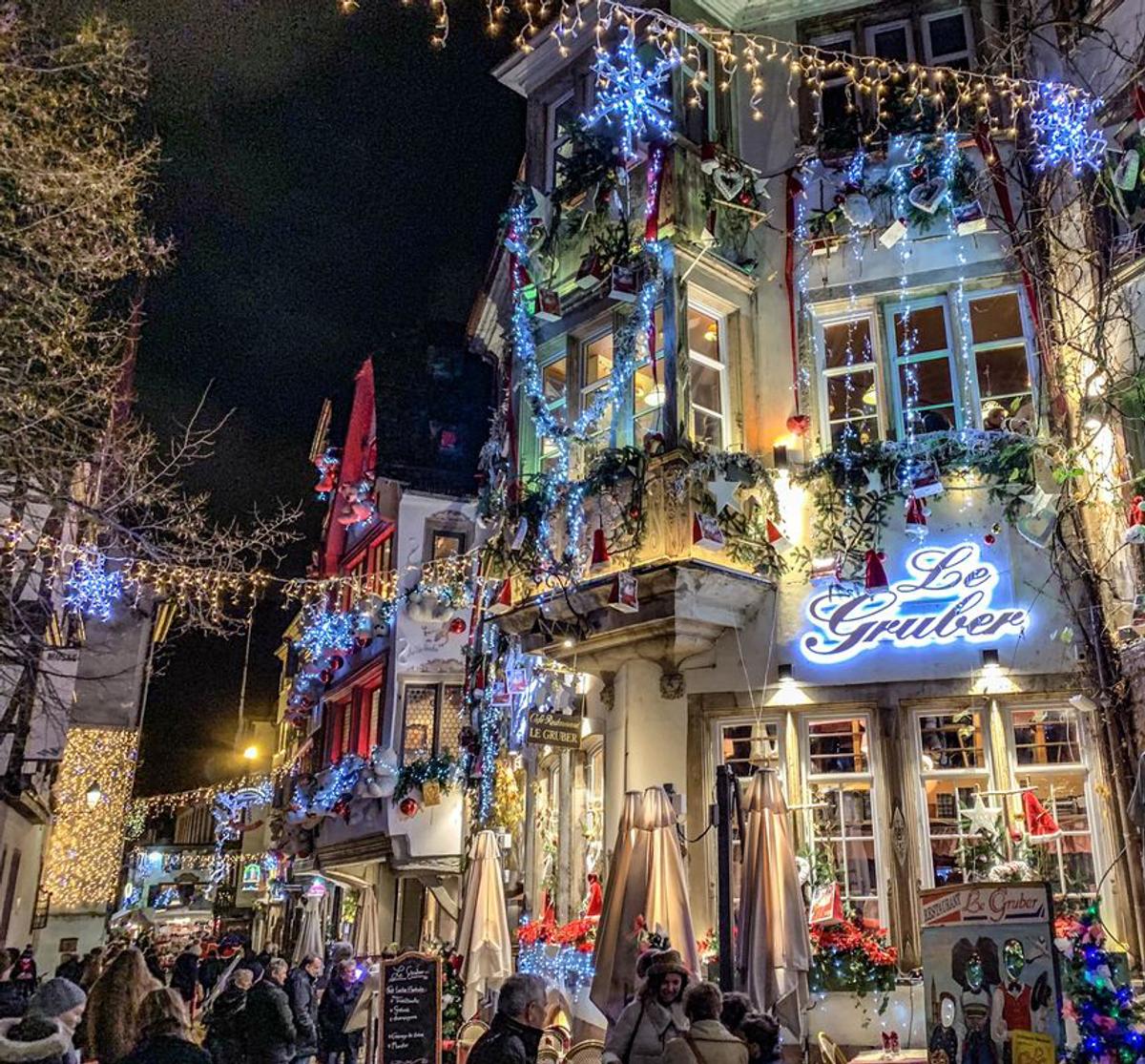
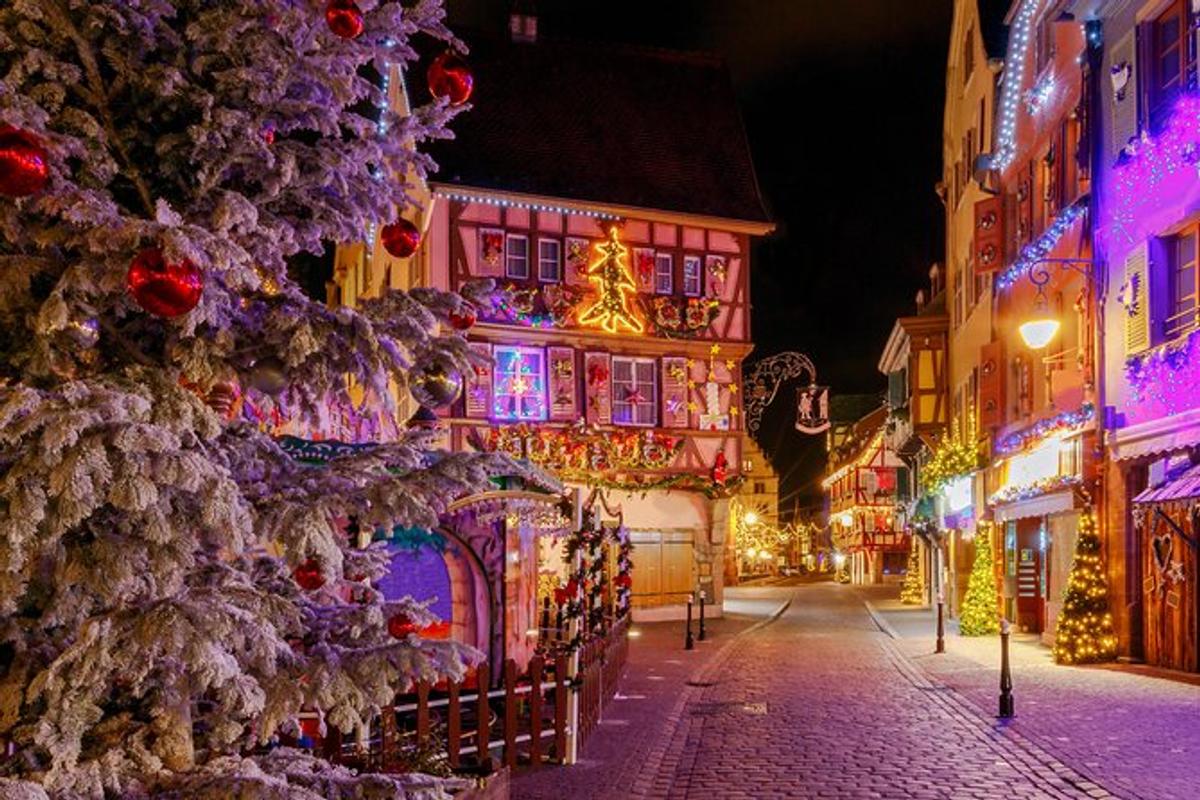
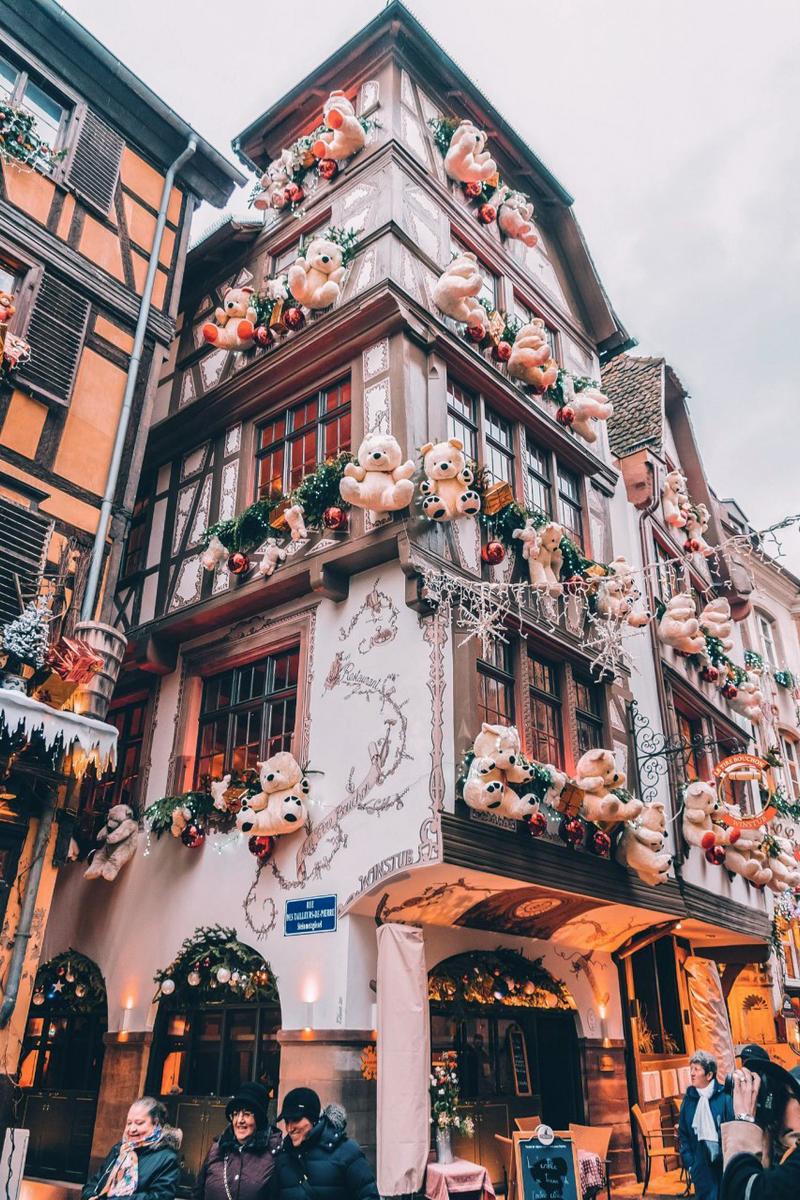





Since its creation in 1953, the Route des Vins d’Alsace (‘Road of Alsatian wines’) has become, thanks to its medieval villages and castles along the 170 kilometre route, one of the most beautiful in the world. The landscape is dotted with half-timbered villages decorated with brightly coloured flowers and often with two bell towers, one for the Christians and one for the Catholics.
There are 38 wine trails, most with guided tours in July and August. The vineyards cover thousands of acres of slopes along the Vosges mountains.
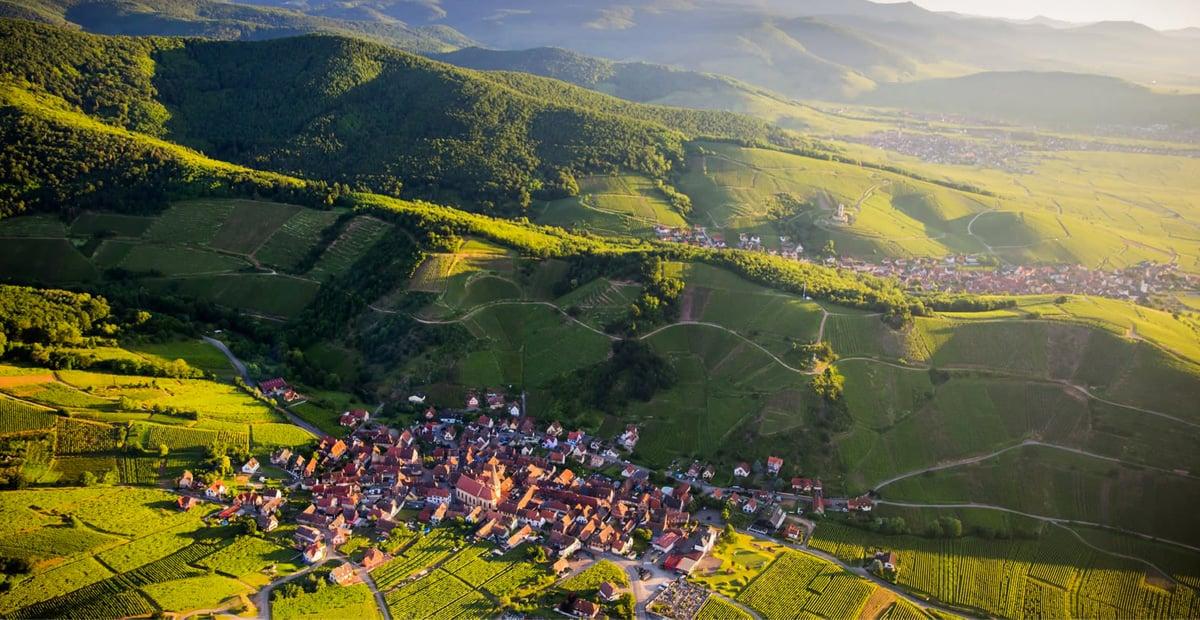

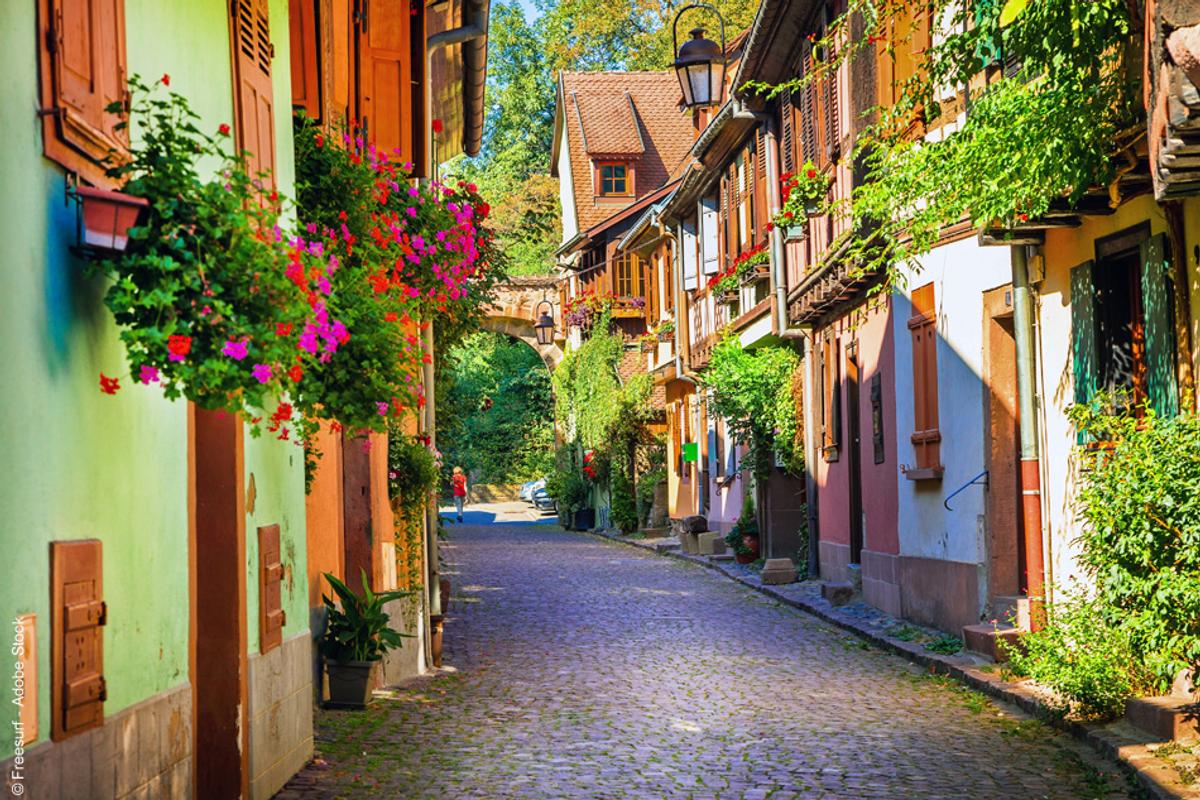
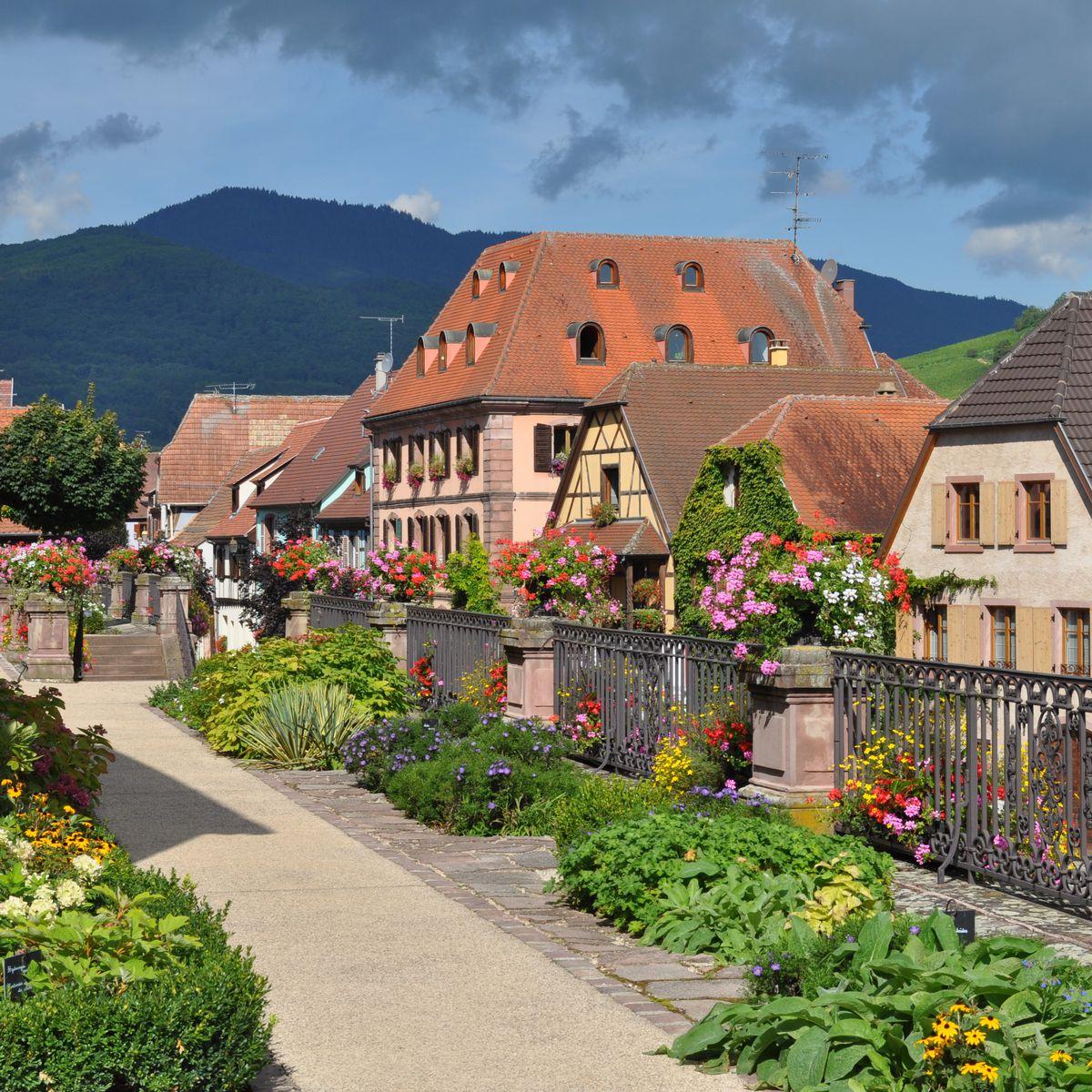
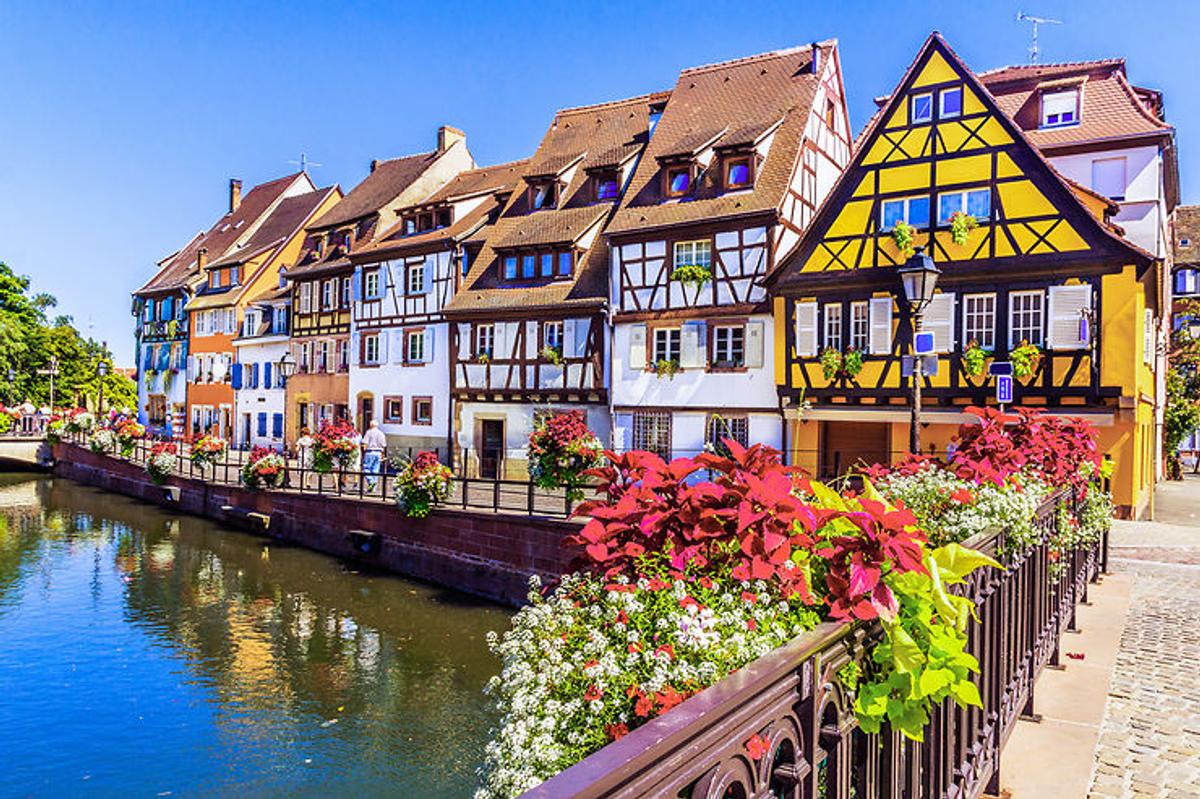
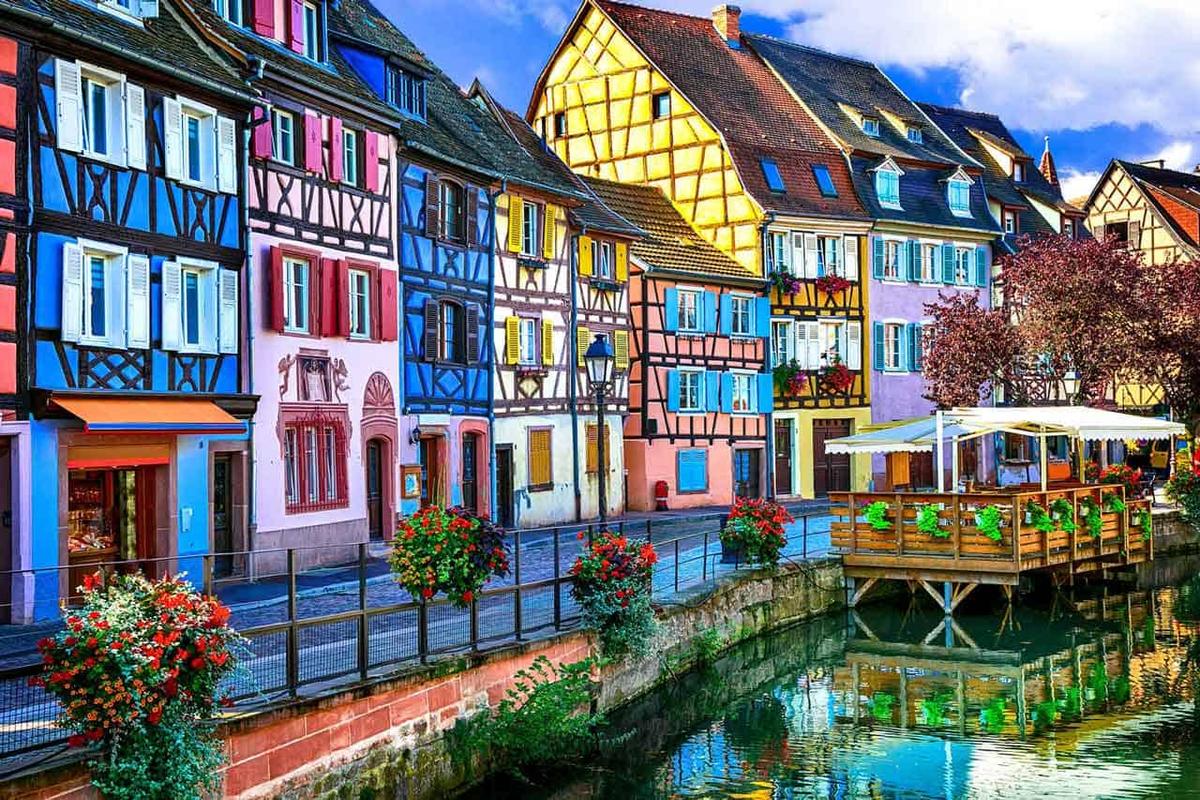




Slightly accented French is the everyday language spoken by everyone, young and old. Because Germany, Luxembourg and Belgium are nearby, people in the Grand Est region speak in a more guttural manner compared to other parts of France.
Regional languages are still spoken. Alsatian is a dialect closely related to Swiss German and is still spoken in Alsace and south-eastern Lorraine. Lorraine Franconian is spoken mainly near the Belgian and German borders. Alsatian and Franconian are dialects of German, containing many French words and spoken mainly by older inhabitants in the countryside. Near the German border, you'll notice that the names of many villages are fully Germanic. The rest of the region is resolutely Francophone.
The city of Reims is a good place to start your exploration of the Champagne Roads (‘Routes du Champagne’). Reims also has one of the world’s most famous cathedrals.
24 Kings of France were crowned there and only champagne was served at the ‘sacre’ of Louis XIII.


Finally, did you know that a small village from this region was the inspiration for the village of 'Beauty and the Beast'? Here is a short video to find out more about it:
Today's song is 'Ce qui nous rend fous' (What makes us crazy) by Alliel:
Passez une très bonne semaine (Have a lovely week)!
A bientôt,
Delphine